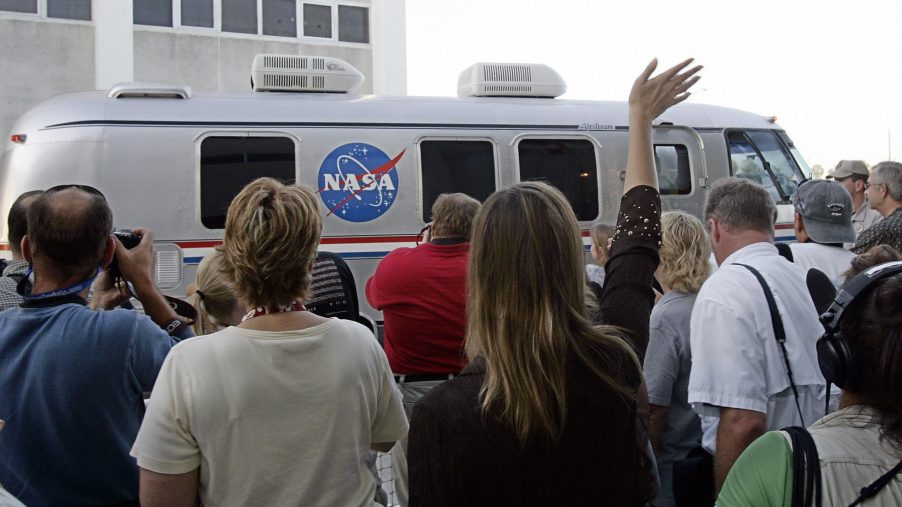
This Practical Camper Was Designed by a NASA Architect
When it comes to practical campers, Taxa Outdoors might just be the epitome of functionality and thoughtful design. This unique company was founded by Garrett Finney, a former senior architect at NASA’s Habitability Design Center — basically, a real expert in making the best of a small space.
If you’re looking for an incredibly practical camper to take on your adventures, Taxa Outdoors’ Mantis option might be just what you’re looking for, Popular Mechanics reports.
The thought process behind this practical camper
During his decade working at NASA, Finney’s job was to make the cramped, restrictive International Space Station (ISS) as comfortable as possible for the astronauts living there. Once he stepped away from this role, he saw RVs as a logical area to apply his knowledge here on earth.
Like the ISS, practical campers need to be small, functional, and comfortable for the people staying on board. Who better to design them than a NASA architect?
Finney soon began creating an entire fleet of trailers and campers, including the Mantis. Practical, functional, and filled with the creative space-saving touches you’d expect from a former employee of NASA, these campers are a dream for anyone who wants to spend more time adventuring.
A camper that integrates seamlessly into your life
Related: RV Living Challenges and Benefits
According to Popular Mechanics, one of Finney’s first considerations when designing his fleet of practical campers was the size. Each camper is less than 3,020 pounds in order to allow people to easily tow them out into nature.
Additionally, each of these campers is small enough to fit into a garage, as Finney didn’t want people to have the added cost of renting storage space. The compact nature of this equipment had a fortuitous side effect: it made each camper significantly more aerodynamic.
Finney also approached the design process from the perspective of an environmentalist. Rather than finishing the interior of the Mantis with particleboard, which often contains formaldehyde, Finney utilized birch for the majority of the surfaces.
The walls are crafted from aluminum and filled with expandable foam for insulation. As Finney told Popular Mechanics, each of these vehicles is designed to last for decades and then “melt into the earth” once it has outlived its usefulness.
Clever and practical interior design
The Mantis, which sleeps four adults despite its small size, is packed full of features to make any camping trip drastically easier. Its pop-top makes it possible for adults to stand and walk around, while its abundance of windows promotes airflow and provides plenty of natural light. This practical camper also features both an indoor and outdoor shower, and holds 20 gallons of water.
However, it is in the details that Finney’s NASA background really shines through. Almost every item in the Mantis performs double duty, and not a single space is wasted. The couch doubles as a bunk bed, with fixtures that enable you to hang cushions from the ceiling to sleep more people. Also serving two roles is the sink/stovetop combo, which can be covered up if you need more counter space.
There are plenty of deep drawers within the Mantis — pull them out, and you’ll find that they are actually made from milk crates. They act as storage space within the camper, and provide you with convenient containers to carry your items to the campsite once you arrive.
Additionally, the mini-fridge is easy to remove. Whether you want to bring it to the campground as a cooler or use it in your own home when you aren’t camping, it will never have to sit idle.
There’s no doubt that NASA architects know a thing or two about creating something beautifully functional in even the most cramped spaces. The Mantis is an excellent example of a practical camper done very, very right.


